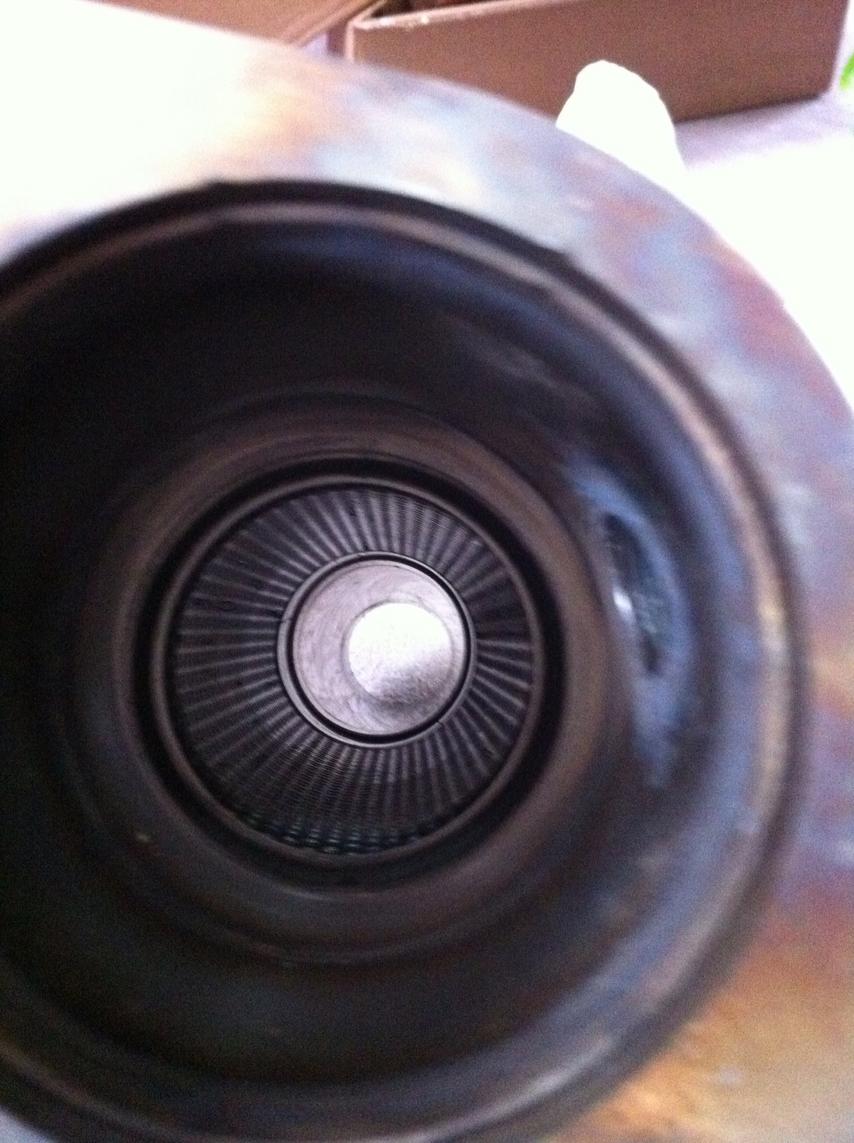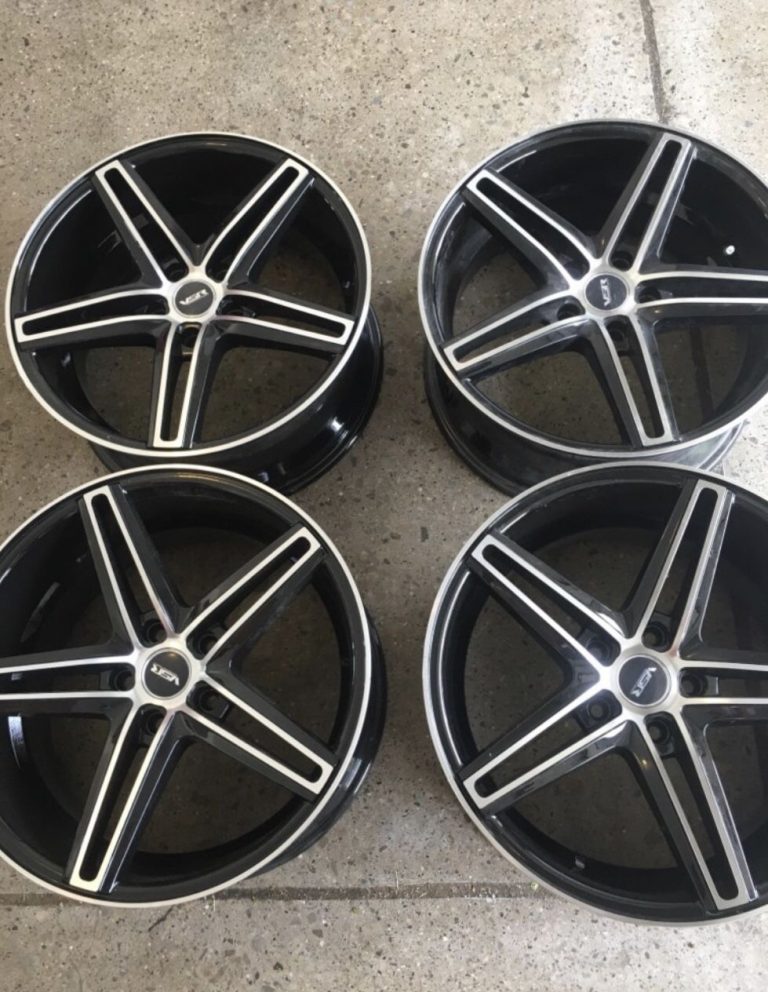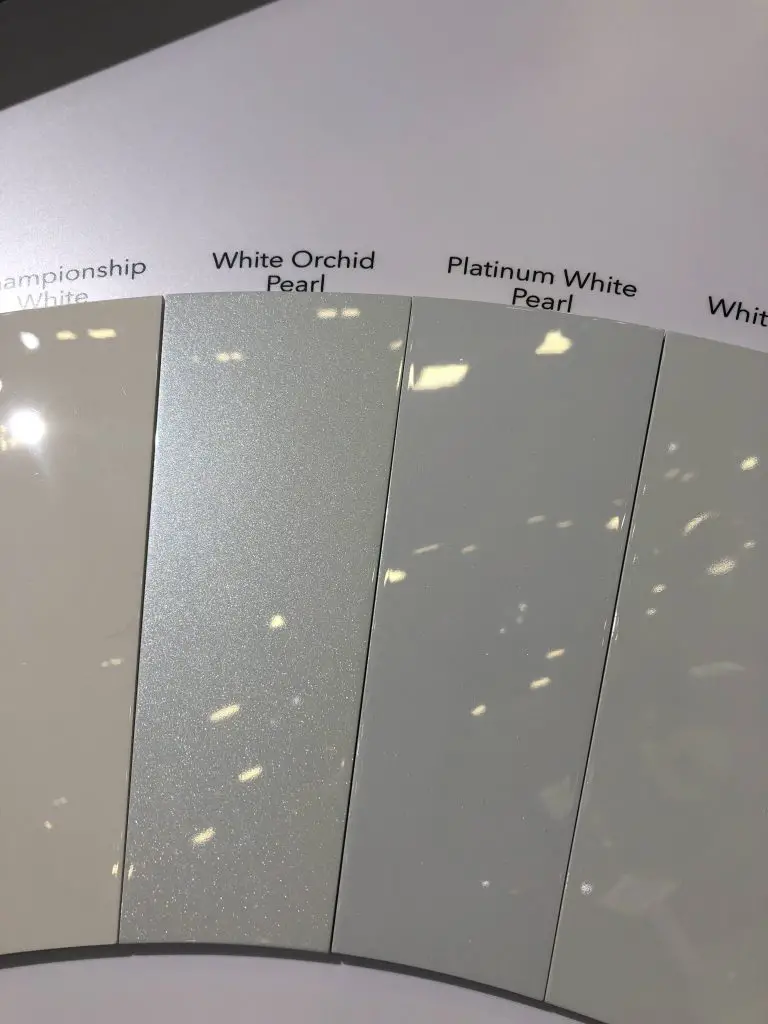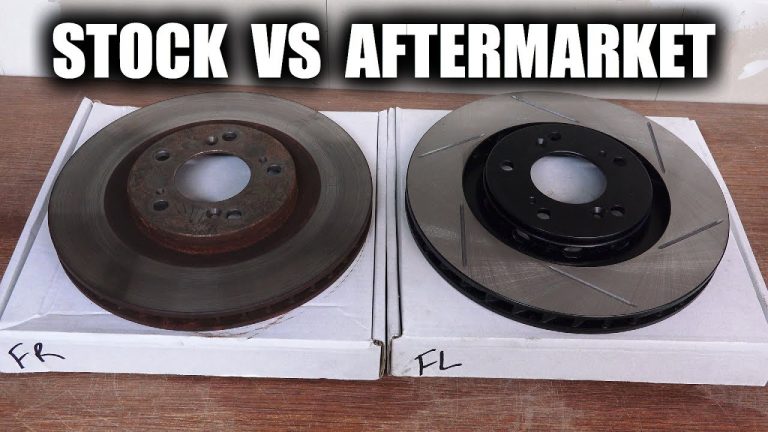There are two types of exhaust systems for cars – the test pipe and the catalytic converter. Both have their pros and cons, but which one is right for your car? Here’s a quick rundown of each type to help you decide.
A test pipe is a straight pipe that replaces the catalytic converter in the exhaust system. Test pipes are usually made of stainless steel or aluminum. The main advantage of a test pipe is that it improves airflow and therefore increases power. The downside is that it produces more noise and emissions than a catalytic converter. A catalytic converter is a device that helps reduce emissions from the engine by converting them into less harmful gases.
Catalytic converters are required by law in many countries, including the United States.
The main advantage of a catalytic converter is that it reduces emissions without sacrificing power. The downside is that they can be expensive to replace if they fail.
If you’re looking to improve your car’s performance, you may be wondering whether to install a test pipe or a cat. Both options have their pros and cons, so it’s important to weigh up your options before making a decision.
A test pipe is designed to replace your car’s catalytic converter.
It eliminates the restrictions that the converter imposes on exhaust flow, allowing your engine to breathe more freely and produce more power. However, without the converter in place, your car will no longer meet emissions standards, so it’s not legal to drive on public roads.
A cat-back exhaust system also improves exhaust flow, but it leaves the catalytic converter in place.
This means that your car will still meet emissions standards, but you won’t see quite as much of a power increase as you would with a test pipe.
So, which option is right for you? If you’re mostly concerned with maximizing power and don’t mind sacrificing emissions compliance, then a test pipe is the way to go.
But if you want to be able to legally drive your car on public roads, then a cat-back system is probably the better choice.
Catalytic Converter to Test Pipe Results from 1995 Honda Civic
Are Test Pipes Better Than Catalytic Converters?
There is a lot of debate out there about which is better: test pipes or catalytic converters? While both have their pros and cons, it really depends on what you are looking for in a car part. Here, we will take a closer look at each option to help you decide which is right for your car.
Test Pipes
Test pipes are typically used on race cars or track cars that do not need to meet emissions standards. They are designed to allow exhaust gases to flow more freely from the engine, which can improve performance.
However, because they do not have any type of emission control device, they can create a lot of pollution. In some states, it is even illegal to drive a car with test pipes without also having a catalytic converter installed.
Catalytic Converters
Catalytic converters are required by law on all street-legal vehicles in the United States. They work by converting harmful pollutants in exhaust gases into less harmful substances before they are released into the atmosphere. Catalytic converters can significantly reduce emissions from a vehicle, making them much better for the environment than test pipes.
However, they can sometimes restrict airflow and cause performance issues.
Can I Replace Catalytic Converter With Test Pipe?
A catalytic converter is an important part of a car’s emissions control system, so replacing it with a test pipe is not a good idea. A test pipe does not have a catalyst and will therefore allow more pollutants to be emitted into the atmosphere. This is bad for the environment and can also lead to increased engine wear.
In some jurisdictions, it may also be illegal to operate a vehicle without a catalytic converter. So, if you’re thinking about replacing your catalytic converter with a test pipe, think again!
What is a Test Pipe?
A test pipe is a type of exhaust pipe that is used to improve the flow of exhaust gases away from the engine of a vehicle. The main purpose of a test pipe is to reduce back pressure in the exhaust system, which can lead to increased power and performance. Test pipes are often used on racing vehicles or modified street cars.
Why is It Called a Test Pipe?
A test pipe is a type of exhaust pipe that is used to improve the performance of an engine. The name “test pipe” comes from the fact that it is often used in the testing and development of new engines, as it allows for more accurate measurements of exhaust gas flow. Test pipes are also sometimes used in racing applications, where they can provide a significant power increase.

Credit: www.evolutionm.net
Test Pipe Vs Straight Pipe
When it comes to choosing the right type of exhaust for your car, there are a lot of options out there. But two of the most popular types are test pipes and straight pipes. So, which one is better?
Here’s a look at the pros and cons of each option:
Test Pipe Pros:
1. Test pipes are usually cheaper than straight pipes.
2. They’re easier to install since you don’t have to cut and weld as you do with straight pipes. 3. Test pipes tend to weigh less than straight pipes, so they can actually improve acceleration and handling slightly.
Test Pipe Cons:
1. One downside of test pipes is that they can sometimes produce more engine noise than straight pipes. This isn’t necessarily a bad thing if you want your car to be louder, but it can be annoying if you were hoping for a more subtle exhaust note.
Straight Pipe Pros:
1. Straight pipes generally flow better than test pipes, which means they can improve performance slightly (although this difference is usually pretty small).
2. Straight pipe exhausts also typically sound better than test pipe systems – although again, this is a matter of personal preference. Some people think straights sound “throatier” while others find them too harsh or “crackly.
3. Another advantage of straights is that they often last longer because there are fewer bends for the exhaust gases to travel through, meaning less stress on the system as a whole.
Straight Pipe Cons:
1. The biggest drawback of straights is that they’re much harder to install since you have to cut and weld sections together.
2. They also tend to be more expensive than test pipe options.
Test Pipe Vs Downpipe
If you’re looking to upgrade the exhaust system on your car, you may be wondering what the difference is between a test pipe and a downpipe. Both of these components are important in an exhaust system, but they serve different purposes. Here’s a look at the difference between test pipes and downpipes:
A test pipe is used to connect the header to the catalytic converter. It helps ensure that exhaust gases flow smoothly from the engine to the catalytic converter. A downpipe, on the other hand, connects the catalytic converter to the rest of the exhaust system.
Downpipes are typically larger in diameter than test pipes, which allows them to handle more exhaust gas volume. So, which one should you choose for your car? If you’re just looking for a simple header-back or cat-back exhaust upgrade, then either a test pipe or downpipe will work fine.
But if you’re planning on doing more extensive modifications, such as installing a bigger turbocharger or adding forced induction, then you’ll need a downpipe to accommodate the increased airflow.
Test Pipes Legality
Are Test Pipes Legal? This is a question that we get a lot, and it’s one with a bit of a complicated answer. To start, let’s first understand what test pipes are and why people use them.
Test pipes are aftermarket exhaust components that replace the catalytic converter on a vehicle. The main reason people use test pipes is that they offer better performance than stock catalytic converters. They do this by allowing exhaust gases to flow more freely through the system, which results in less back pressure and increased power.
Now that we know what they are and why people use them, let’s address the legality of test pipes. In short, the answer is “it depends.” There are no federal laws against installing or using test pipes, but there are some states and localities that have their own regulations.
California, for example, has very strict emissions laws that make it illegal to operate a vehicle without a functioning catalytic converter. So if you live in California and you install test pipes on your car, you would technically be breaking the law (though enforcement of this law is pretty lax). Other states have similar laws on the books, so it’s always best to check with your local DMV before installing anything on your car that could potentially impact its emissions.
All things considered, test pipes are legal in most places but there are some exceptions.
Universal Test Pipe
A test pipe is a type of aftermarket exhaust component. It is designed to replace the factory catalytic converter on a vehicle. A test pipe is typically made from stainless steel or aluminum, and it does not have any type of catalyst inside.
This makes it much lighter than the stock converter, and also allows for better airflow through the exhaust system. Many people believe that a test pipe will improve engine performance, but this is not always the case. In some instances, a test pipe can actually decrease performance due to the removal of the catalytic converter.
Installing a test pipe is relatively simple, but it is important to make sure that it is done correctly. The first step is to remove the old catalytic converter from the vehicle. This can be done by unbolting it from the exhaust system and then disconnecting any electrical connections that may be present.
Once the old converter is removed, the new test pipe can be installed in its place using bolts or clamps. It is important to make sure that the new pipe is sealed properly so that no exhaust gases leak out. After installation, it may be necessary to tune the engine in order to achieve optimal performance with the new setup.
Test Pipes Vs High-Flow Cats
There are a few key differences between test pipes and high-flow cats when it comes to performance. Test pipes do not have any restrictions on airflow, while high-flow cats have more restrictive designs that allow for less airflow. This means that test pipes will typically offer better performance gains than high-flow cats.
However, high-flow cats can still offer significant improvements over stock catalytic converters. Another key difference is that test pipes are not street legal in most jurisdictions, while high-flow cats usually are. This means that if you’re looking for the best possible performance gain, you’ll need to go with a test pipe.
But if you’re looking for something that’s street-legal and still provides good performance gains, a high-flow cat is your best bet.
Isr Test Pipes
If you have an imported car, then you’ve probably heard of ISR Test Pipes. They are a popular aftermarket exhaust upgrade for many cars, especially those with turbocharged engines. ISR test pipes are designed to improve exhaust flow and reduce back pressure.
This results in increased power and performance, as well as improved engine sound. ISR test pipes are made from high-quality stainless steel and come in a variety of sizes to fit most cars. They are easy to install and come with all the necessary hardware.
ISR also offers a wide range of other exhaust upgrades, so if you’re looking for more power or better sound, they have what you need. If you’re considering upgrading your exhaust system, then ISR Test Pipes are definitely worth checking out. They offer great performance gains and look great too!
Conclusion
A test pipe is a type of aftermarket exhaust component that replaces a car’s catalytic converter. A cat-back system is a complete replacement of a vehicle’s exhaust system from the catalytic converter back.




